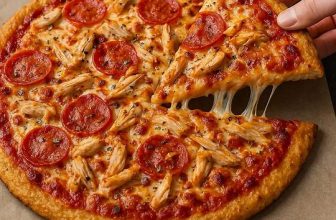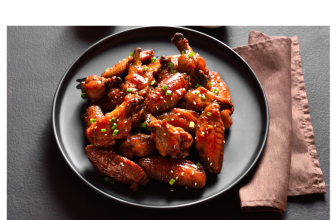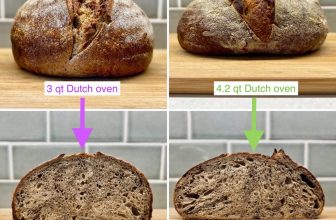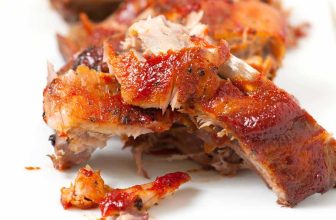Water to Rice Ratio Rice Cooker
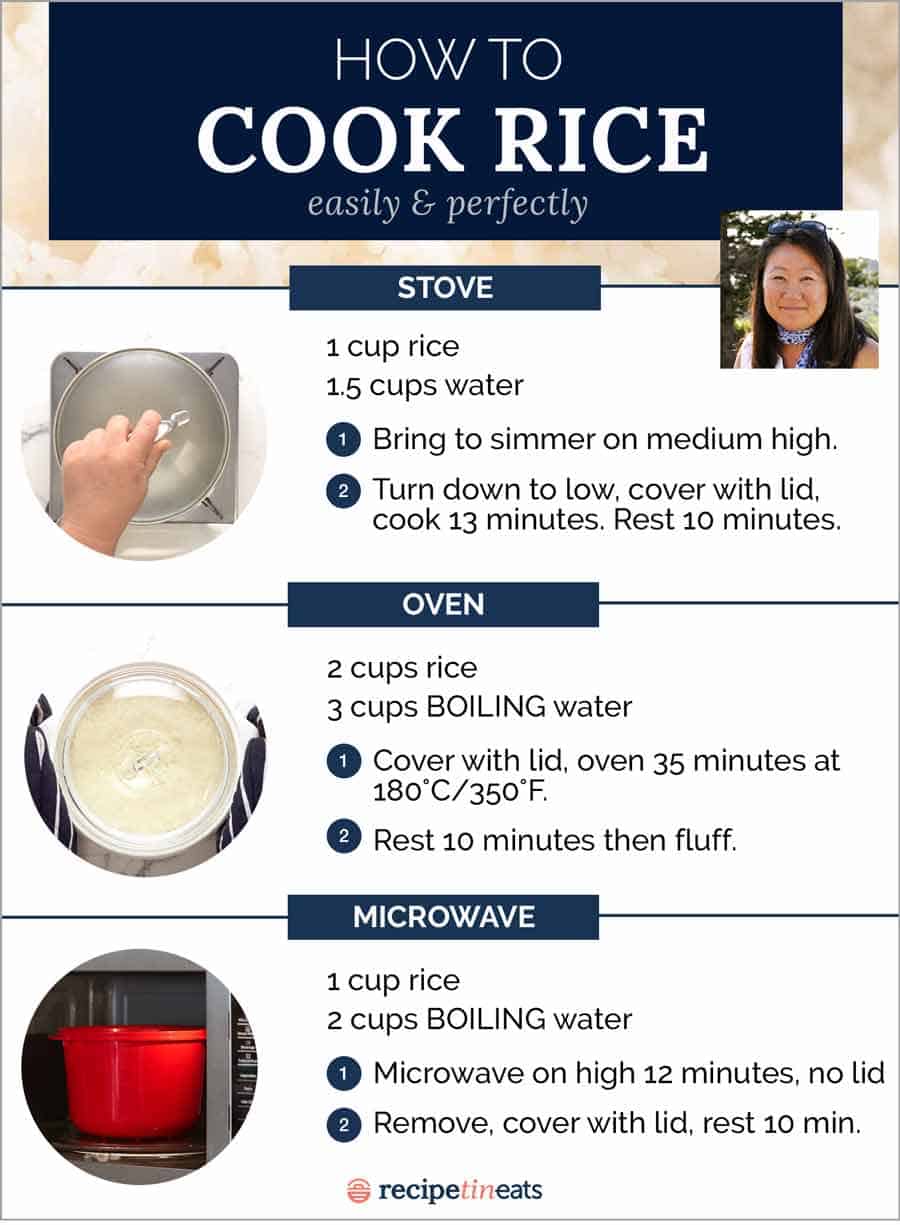
Water to Rice Ratio for a Rice Cooker
The typical water to rice ratio for a rice cooker is 1:1.5. This means that for every cup of rice, you should use 1.5 cups of water.
Achieving the perfect water to rice ratio is essential for fluffy, evenly cooked rice. No matter your experience, this ratio is key to tasty rice. Getting the rice-to-water ratio right isn’t just a tip—it’s the secret behind every perfect, fluffy bite.
The ratio may vary slightly depending on the type of rice and personal preference. This post explains the water-to-rice ratio and tips for perfect texture. Knowing this ratio will improve your cooking and give you perfect rice every time.
The Secret to Perfect Rice
To get perfect rice in a cooker, use the right water-to-rice ratio. The key is to choose the right type of rice and to use the appropriate amount of water. Different types of rice need different amounts of water to cook right.
Start by selecting the rice that best fits your dish. No matter the type—long, medium, or short-grain—each rice has unique traits and cooking needs. Read the package or search online for the right water-to-rice ratio.
Another factor to consider is the quality of the water you use. Filtered water enhances the flavor and quality of cooked rice. Avoid using hard or chlorinated water, as it can negatively impact the taste and texture.
After choosing the right rice and water, follow your rice cooker’s instructions. Most rice cookers have cups and markings to help measure water. Remember to level the rice in the measuring cup and add water accordingly.

Types Of Rice And Their Ratios
| Types of Rice | Ratios |
|---|---|
| White Rice | 1:1 water to rice ratio |
| Brown Rice | 1.5:1 water to rice ratio |
| Specialty Rice | Varies by type |
White rice is the most commonly used type and usually requires a 1:1 water to rice ratio. Brown rice needs a bit more water, usually a 1.5:1 ratio. Specialty rice like basmati or jasmine may need different water ratios by brand. Check the package for guidance. Rinse rice before cooking for perfect grains every time.
Measuring Matters
For perfect rice, get the water-to-rice ratio right. To avoid confusion, use the measuring cup that comes with the rice cooker. Measuring water and rice accurately ensures ideal texture. Too much or too little water can change the rice. Follow the recommended ratio for the best results.
Rice Cooker Mastery
For perfect rice, learn your cooker’s settings and use the right ratio. Follow the provided guidelines for successful cooking results.
The Water to Rice Ratio Rule
The water to rice ratio is a vital aspect of cooking rice in a rice cooker. Standard ratios make perfect rice easy every time. Typically, the ratio falls between 1:1.5 and 1:2 (rice to water). Adjust for altitude; higher elevations may need more water. As a general rule, add an extra 1/4 cup of water for every 1,000 feet above sea level. With these simple tips, cooking rice in a rice cooker can be a breeze.

Preparation Prowess
The perfect water-to-rice ratio is key to flawless rice. The ideal ratios are 1:1 for white rice and 1:1.25 for brown rice, ensuring perfectly cooked grains every time. Mastering this balance is key to culinary success.
Rinsing Rituals and Soaking Strategies
Rinse the rice thoroughly before cooking to remove excess starch. Soak it for at least 30 minutes to ensure even water absorption.
Troubleshooting Tips
If your rice is too soft or too dry, even a slight tweak in water can change everything.
Solving Sogginess and Combatting Crunchiness
Check the rice cooker lid for a tight seal.
Use the proper measuring cup for rice.
Avoid lifting the lid while cooking.
If the rice turns out too hard, adjust the water level. Letting the rice sit for a few minutes after cooking can result in a fluffier texture. Try different types of rice to find the desired consistency.
Beyond the Basics
Master the perfect water-to-rice ratio to improve your cooking. With this essential tip, you can achieve fluffy and delicious rice every time.
For fluffy rice, use a water-to-rice ratio of 1.5:1.
For sticky rice, use a 1:1 ratio.
Enhance the flavor by adding broth or coconut milk.
Consider adding herbs and spices for aromatic rice.
Experiment with different types of rice to add variety to your meals.
Master the art of cooking rice beyond the basics!
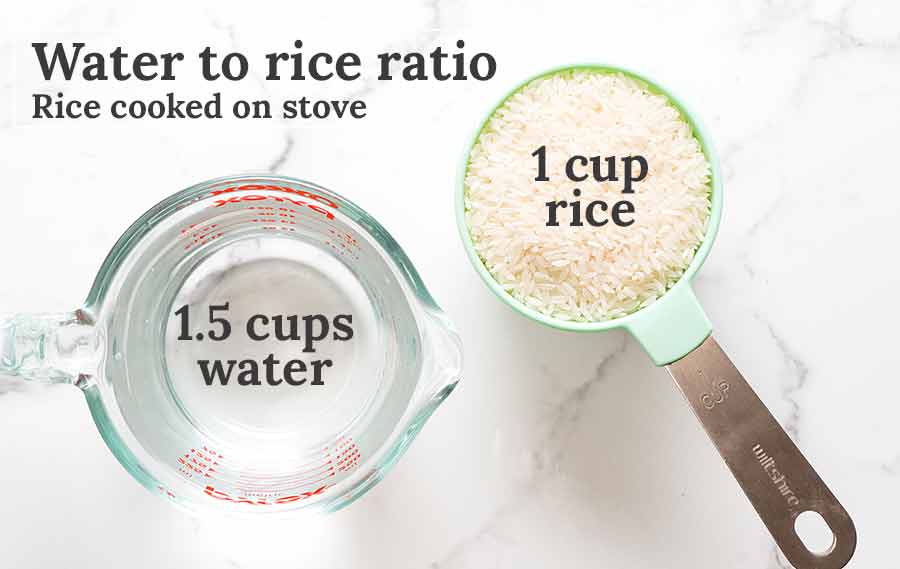
Frequently Asked Questions
What is the best water to rice ratio in a rice cooker?
The most common ratio is 1:1.5 — that’s 1.5 cups of water for every 1 cup of rice. However, this can vary depending on the type of rice and your preferred texture.
Can I use the same ratio for all types of rice?
No, different rice types need different water ratios. For example, white rice often needs a 1:1 ratio, while brown rice typically requires 1.5:1 or more.
Should I rinse the rice before using a rice cooker?
Yes, rinsing removes excess starch and helps make the rice less sticky. It also improves texture and overall taste.
Why is my rice too hard or too mushy?
If your rice is too hard, add slightly more water next time. If it’s mushy, reduce the water slightly. Always use the same measuring cup to keep ratios accurate.
What is the ideal ratio for jasmine or basmati rice?
For jasmine rice, use around 1:1.25. Basmati may need slightly less or more depending on the brand, but a 1:1.5 ratio is a safe starting point.
How can I add more flavor to my rice?
Instead of plain water, try using broth or add a splash of coconut milk. You can also include herbs and spices before cooking for extra aroma.
Do I need to soak rice before cooking it in a rice cooker?
Soaking is not mandatory for all rice, but it helps even cooking — especially for brown or specialty rice. Soak for about 30 minutes before starting the cooker.
What if I’m cooking rice at a high altitude?
At higher altitudes, water evaporates faster. So, add about 1/4 cup extra water for every 1,000 feet above sea level.
Conclusion
Achieving the right water-to-rice ratio is essential for cooking rice in a rice cooker. Follow these tips and know your rice cooker to get fluffy, tasty rice every time. Experiment with ratios to find your perfect balance.
Remember, practice makes perfect! Feel free to try new techniques to elevate your rice cooking skills.


